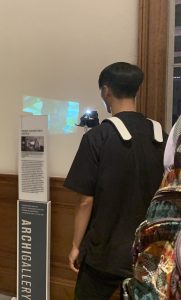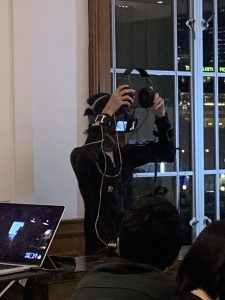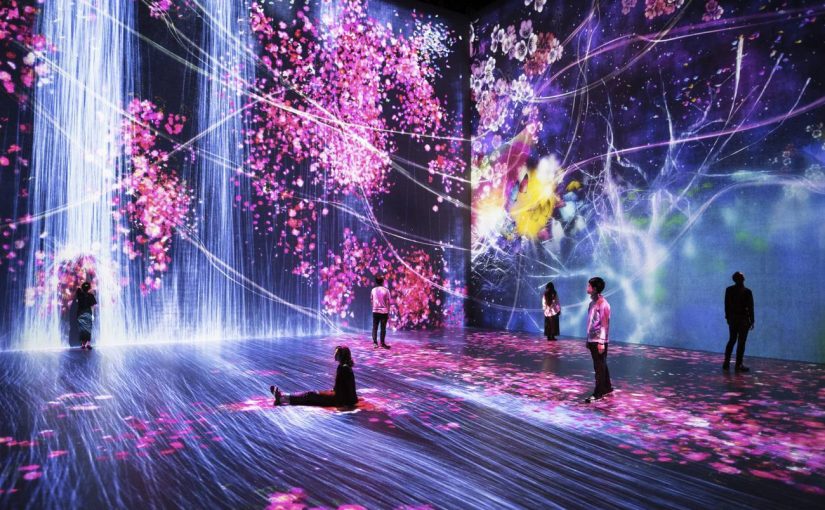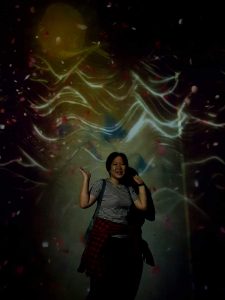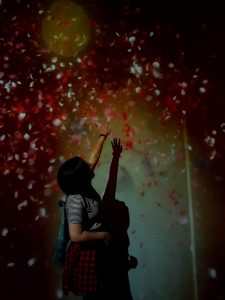With browsing the internet has become more of a mundane activity in our daily lives, it is also appropriate that art has been incorporated into it as well. Several significant publications dedicated to Internet art or “Art and the Internet”, has surfaced on the international market. Publications such as one reviewed here “Art and the Internet” by Phoeboe Stubbs, London Black Dog Publishing in 2014, “You Are Here: Art After the Internet” by Omar Kholeif, Cornerhouse & SPACE in 2014 which is one of a collection from a Berlin symposium and “Mass Effect: Art and the Internet” from Laren Coernell and Ed Halter.
These publications share a common theme of viewing the Internet Art phenomenon at an appropriate distance without questioning the existence of it as one of the major art forms in the current century. As previously mentioned, the Internet has an omnipresence in our lives, the awareness of it has such great power need not be explained. The present and future of Internet Art through the contextualisation of contemporary culture, fine arts, socio and political situation creates new literary and visual achievements.
One of the things is that the art revolving around the Internet usually quite quickly becomes “outdated”. Considering how rapidly the Internet itself is evolving via updated software, shortened visual codes together with our high volume usage of it, how the society and the political context in which it is placed evolve. Thus our perspective towards the internet is changing. Therefore, this printed publication dealing with the issue of “Art and the Internet” may be very quickly transformed into archaic uselessness full of dead links. However, reviewing this publication at a distance proves to be useful in getting deep insights.
From the early 1990s, the Internet has had multiple roles in art, not least in defining several new genres of practitioners, from early networked art to new forms of interactive and participatory works, but also because it is the great aggregator of all art, past and present. Art and the Internet examines the legacy of the Internet on art, and, importantly, illuminates how artists and institutions are using it and why.
One of the texts which struck me was how the Internet has infinite boundaries we could explore to create art. The publication complemented with historical insights and giving emphasis on internet art and gallery systems. The art discourse within Internet Art would be useful in my current group project of a 360-degree website with some sort of gallery system which we hope it’ll work out and make a small impact or impression on the viewers.
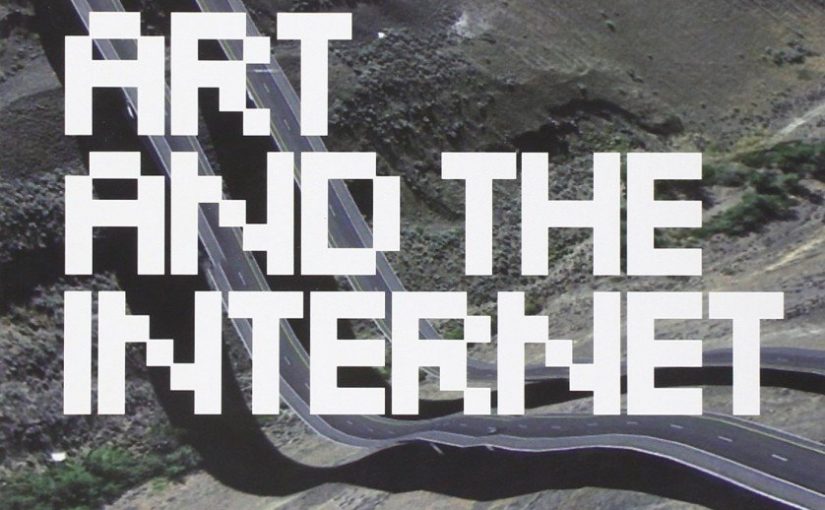
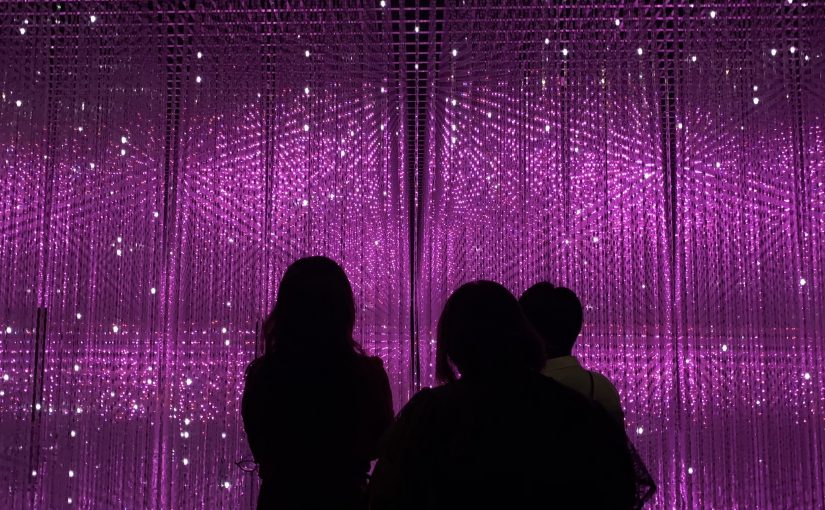
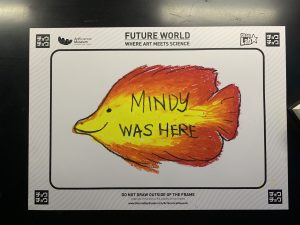
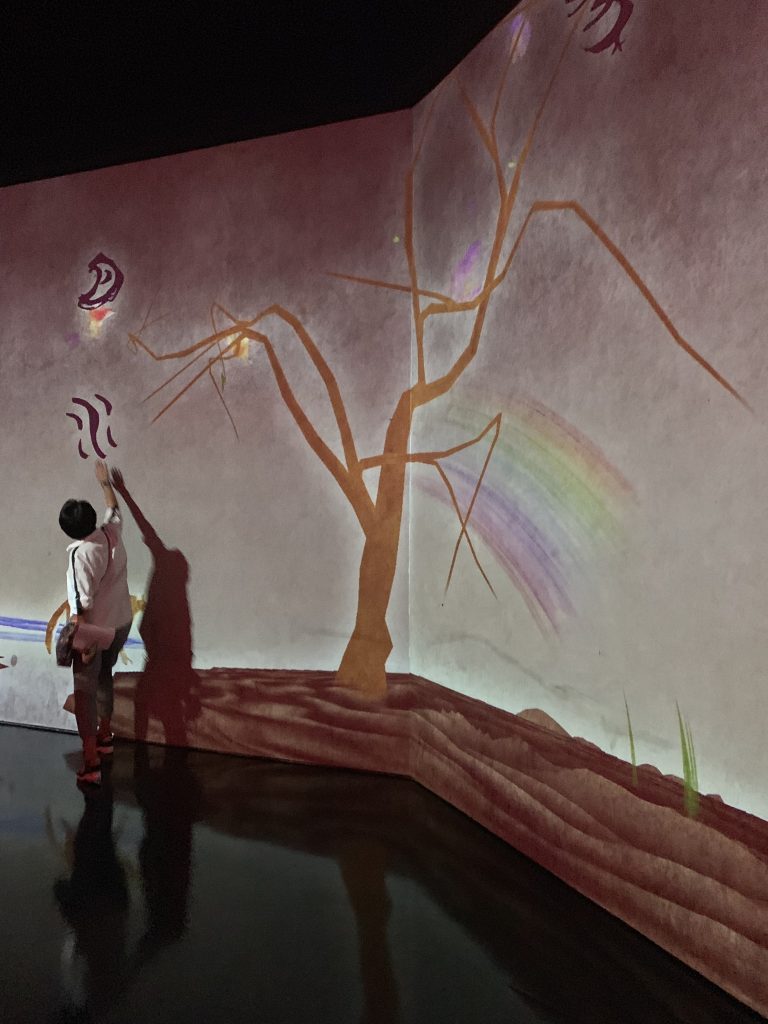
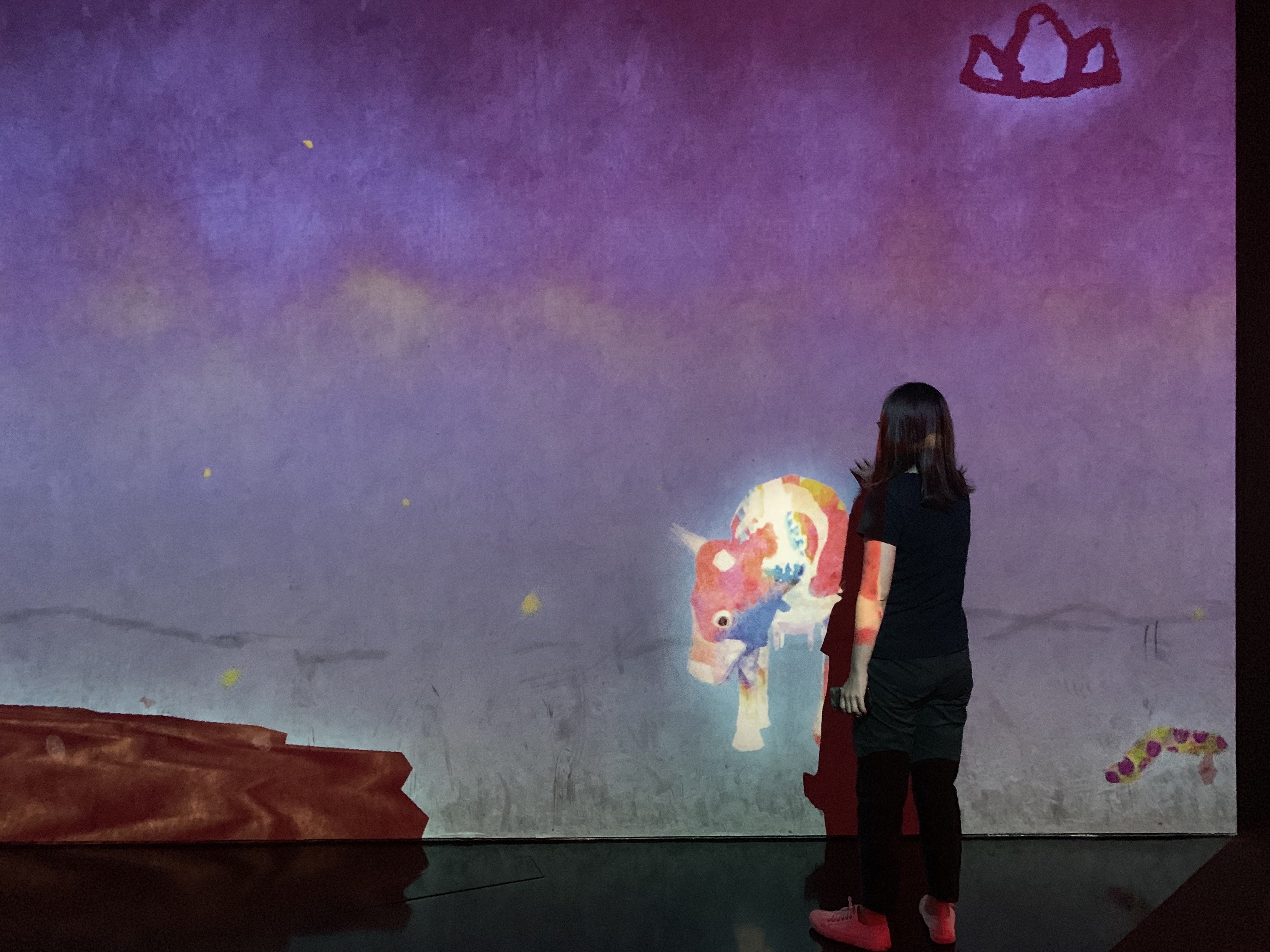
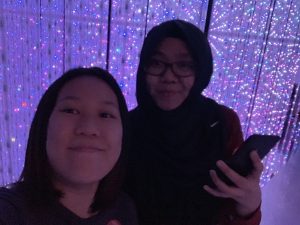
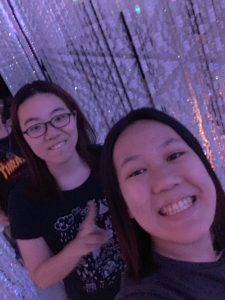
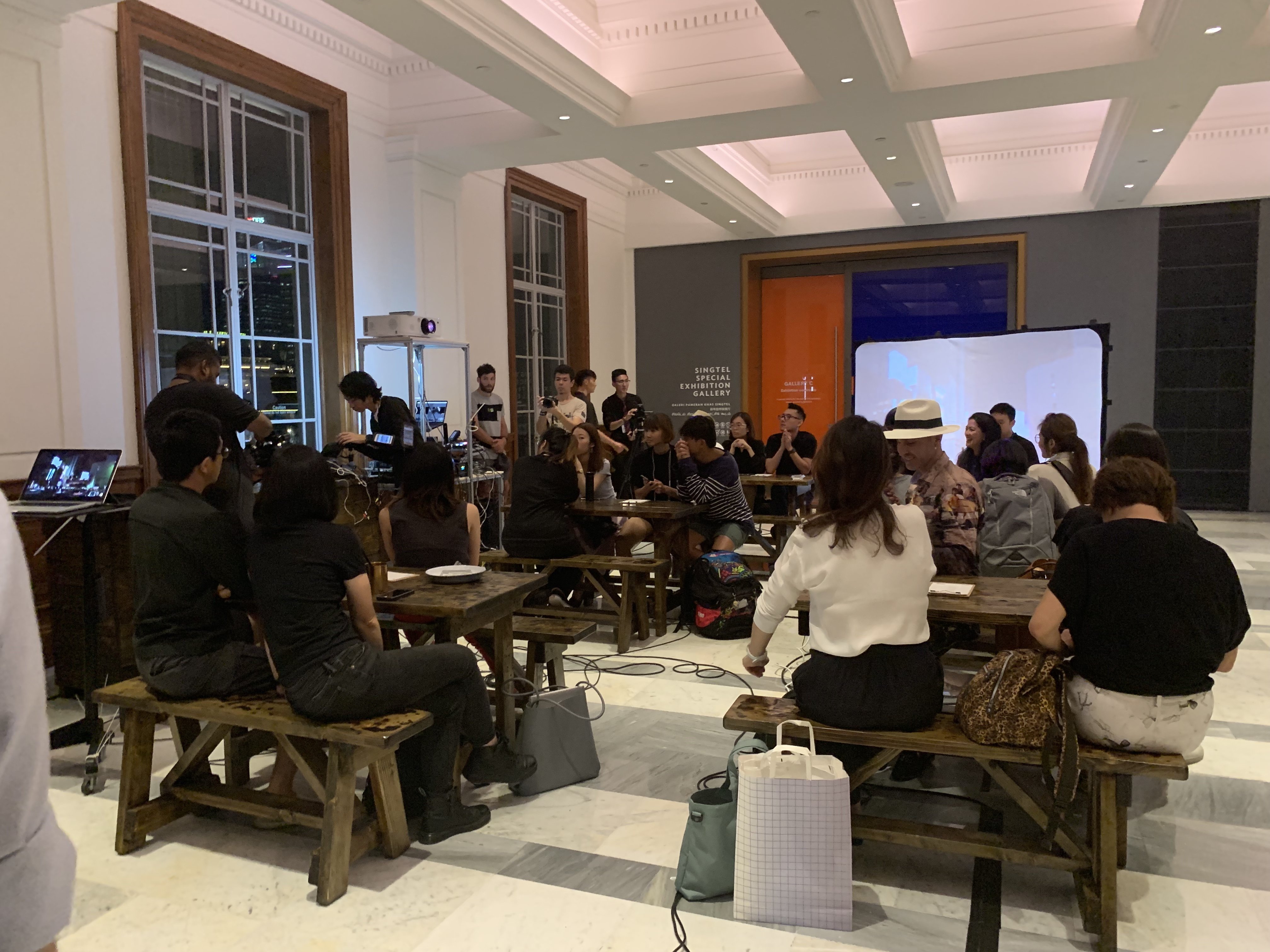
 The two main artists were wearing head and body gears which project images on the goggles and screen as you can see below. They were seen walking around, creating different images and white noises as the walk. I was very confused throughout the performance. I kept asking myself, were they trying to facetime someone or calling someone from other countries to get “live” feedback. I kept waiting for the white noise to be clear to hear a proper sentence. But it didn’t happen.
The two main artists were wearing head and body gears which project images on the goggles and screen as you can see below. They were seen walking around, creating different images and white noises as the walk. I was very confused throughout the performance. I kept asking myself, were they trying to facetime someone or calling someone from other countries to get “live” feedback. I kept waiting for the white noise to be clear to hear a proper sentence. But it didn’t happen.